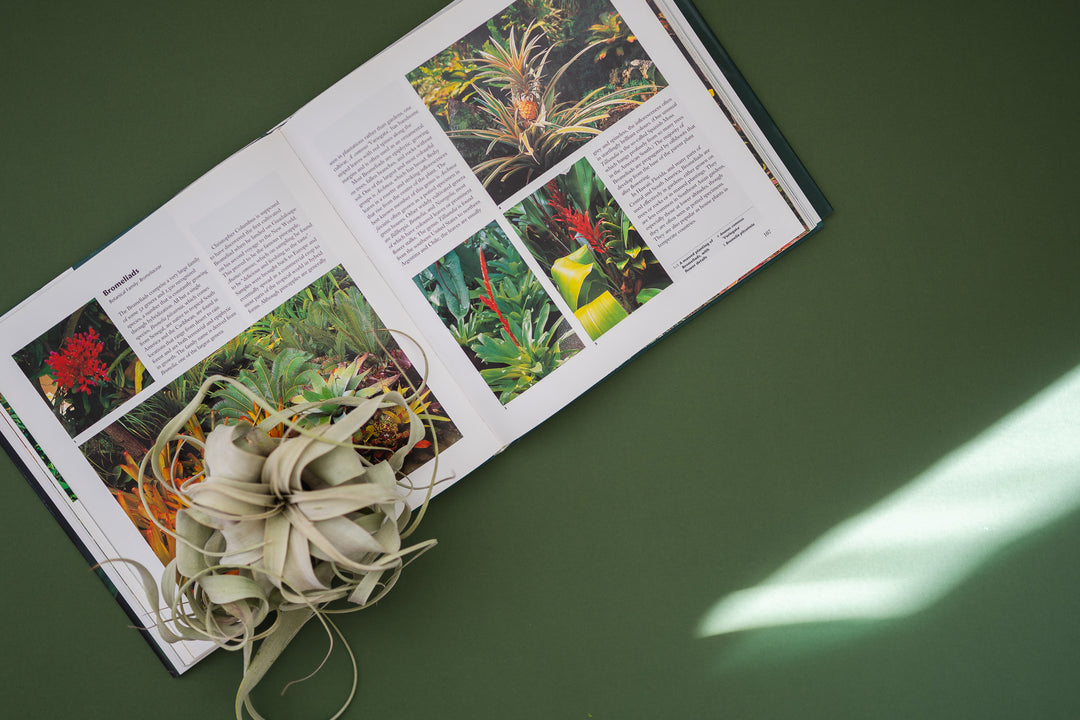
The Genus Tillandsia
When referring to air plants, you will often hear the term "Tillandsia" which is the genus of the plant. Tillandsia is the largest genus in the Bromeliaceae, or Bromeliad, family with over 600 natural and hybrid species. The name derives from the Swedish botanist and physician from the 17th century, Dr. Elias Tillandz.
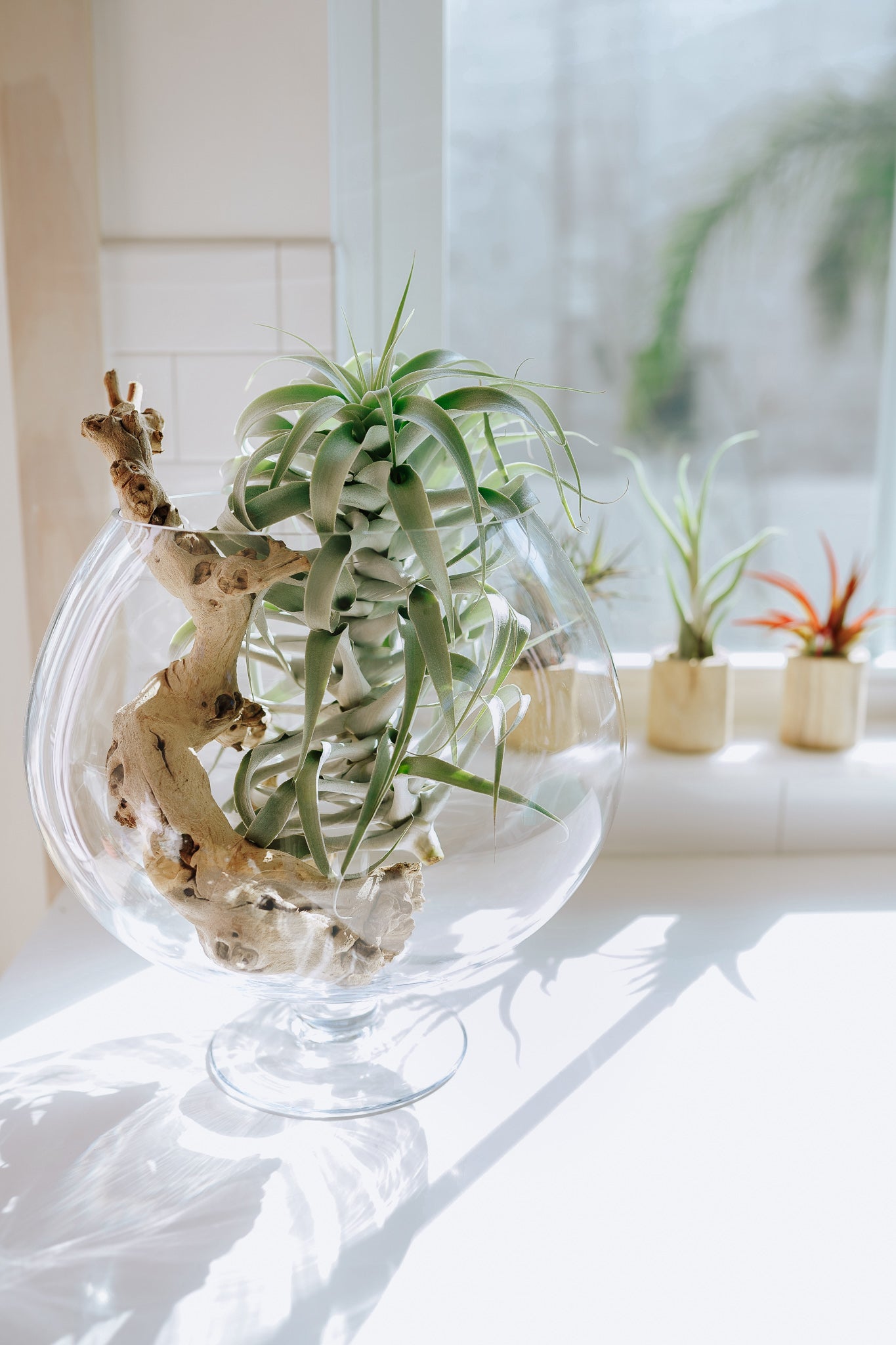
Tillandsia are hardy, adaptive plants that are indigenous to Mexico, Central and South America, and southern parts of the United States. They can be found living in climates from sea-level swamps, deserts, and jungles to cloud forests and mountain highlands–so varied, right? These specific climates make for diverse species and directly affect the plants’ size and shape! For example, wet climates tend to produce Mesic air plants with thinner leaves while more arid climates harbor thicker-leaved Xeric plants that can store water in times of drought. Trichomes are a common feature of dry-climate plants as they help deflect direct sunlight and help the plants absorb moisture in the air. Most species of Tillandsia will thrive in temperatures between 50 and 90 degrees Fahrenheit.
Perhaps the most unique trait of Tillandsia plants is that they are epiphytes and do not require soil to grow or absorb nutrients. This is why they are referred to as “air plants”. Instead of being grounded in soil, the plants use their roots to attach to hosts which provide support and a safe habitat. These hosts commonly include tree trunks and branches, cliff crevices, rocks, and shrubs. The Tillandsia plants are not parasitic to their hosts as they collect their nutrients from the surrounding air and use their trichomes to collect nutrients from dust, insect matter, and decaying leaves!
Although Tillandsia are highly sought after by plant collectors and hobbyists, they are usually not cultivated or produced for their flowers. Most of the plants are monocarpic species and will blush with red or purple colors before blooming. After the blooming cycle, the plants will continue to grow and reproduce through pups before expiring. Some species can bloom up to three times and produce several pups, forming a clump or cluster of Tillandsia air plants!
Want to learn more about Tillandsia? Check out more of our informational blogs here!


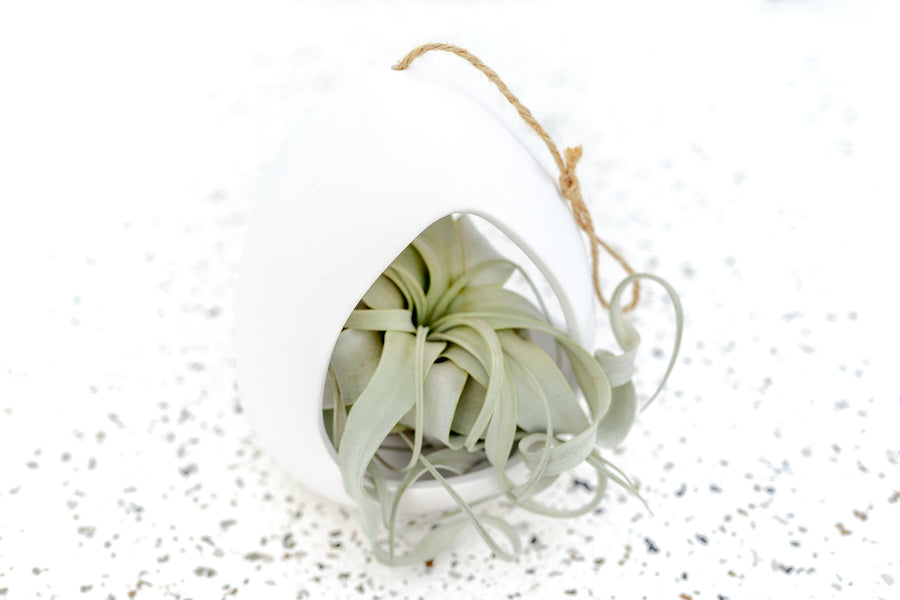
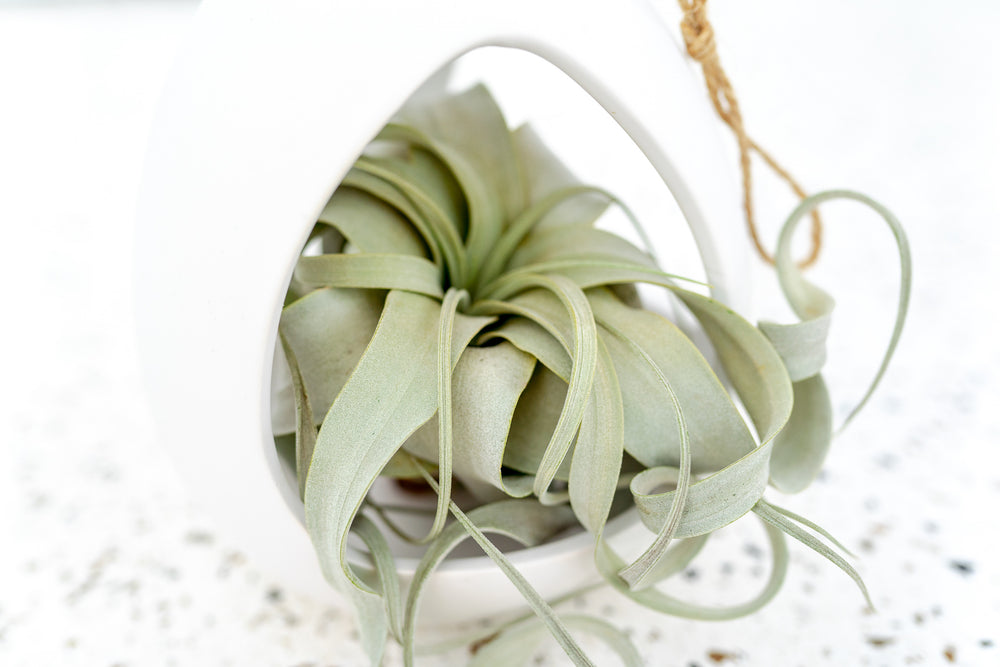
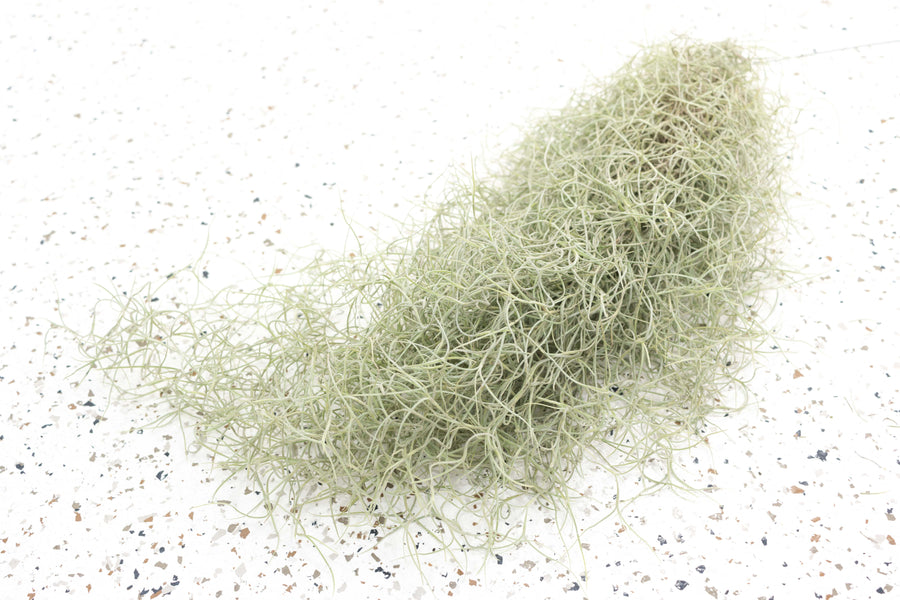
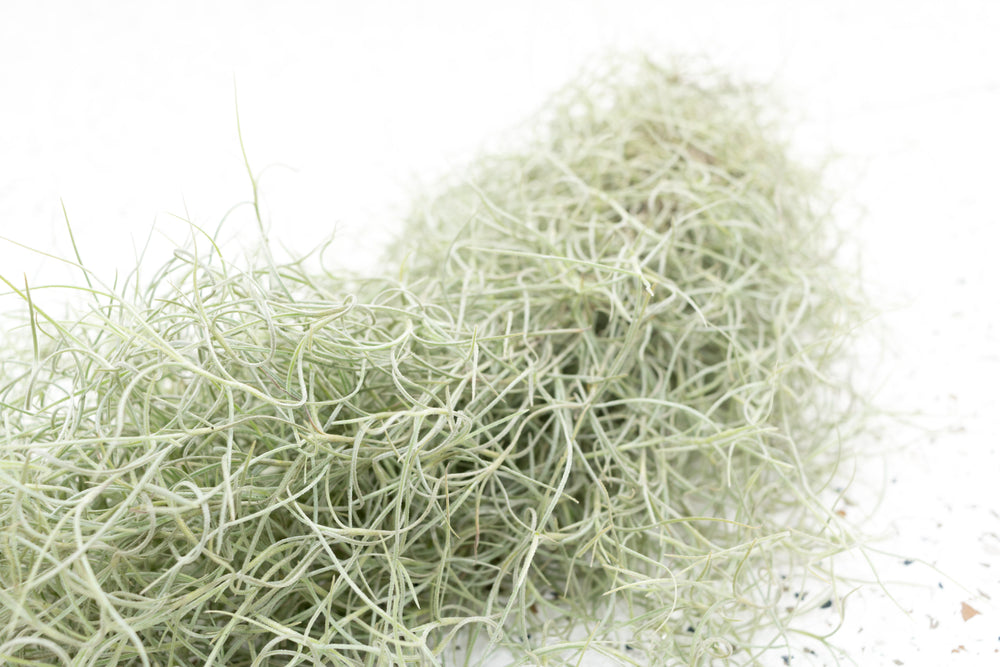


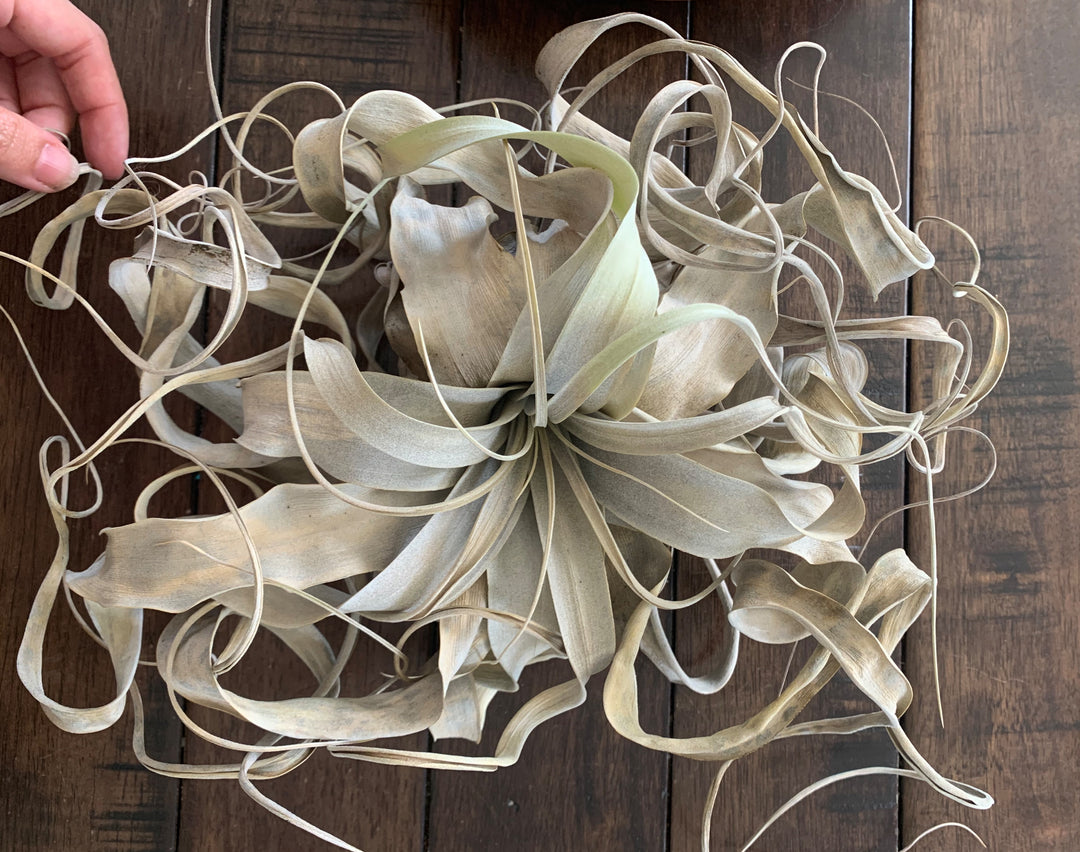
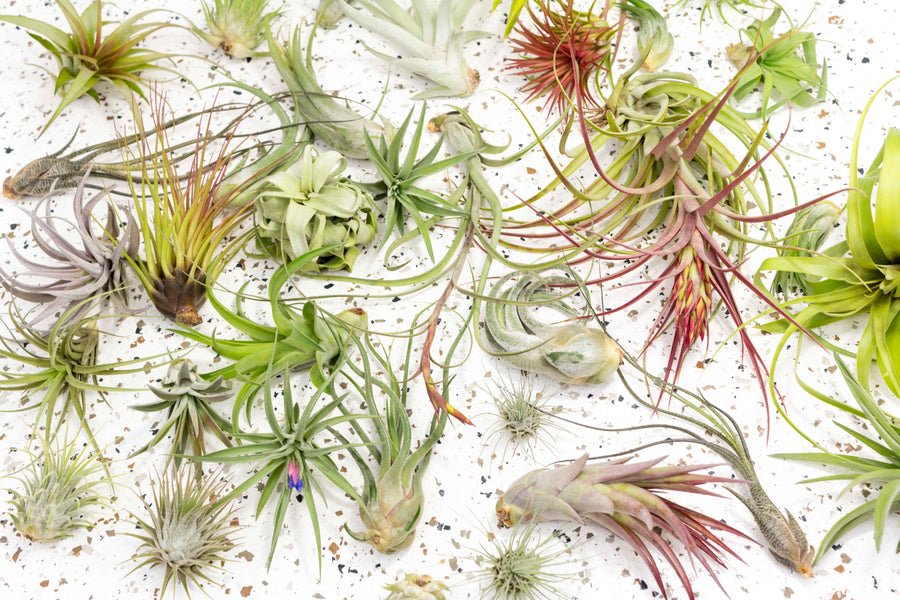
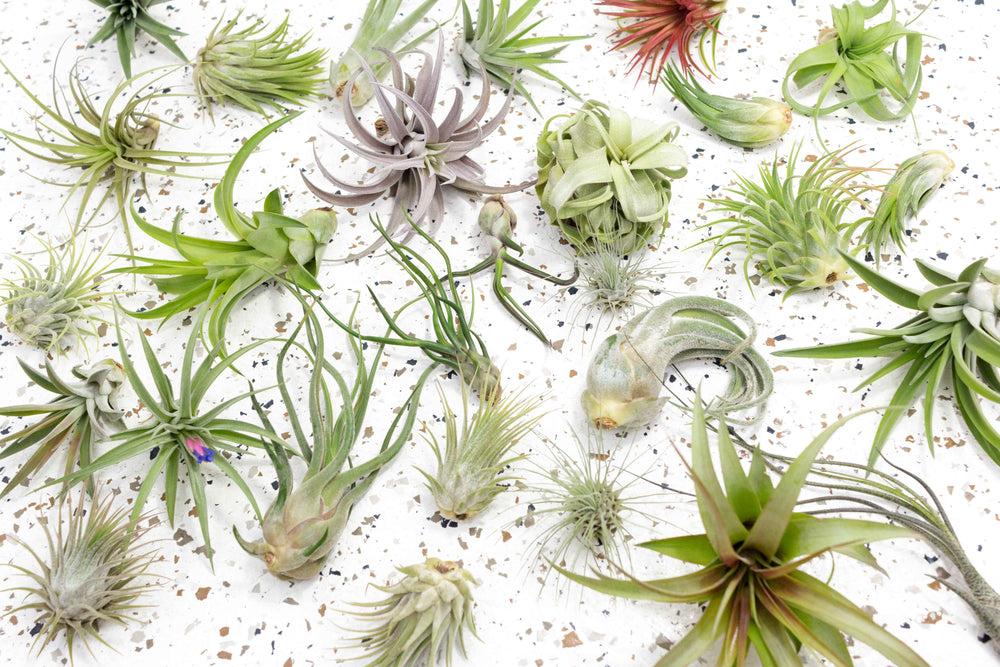
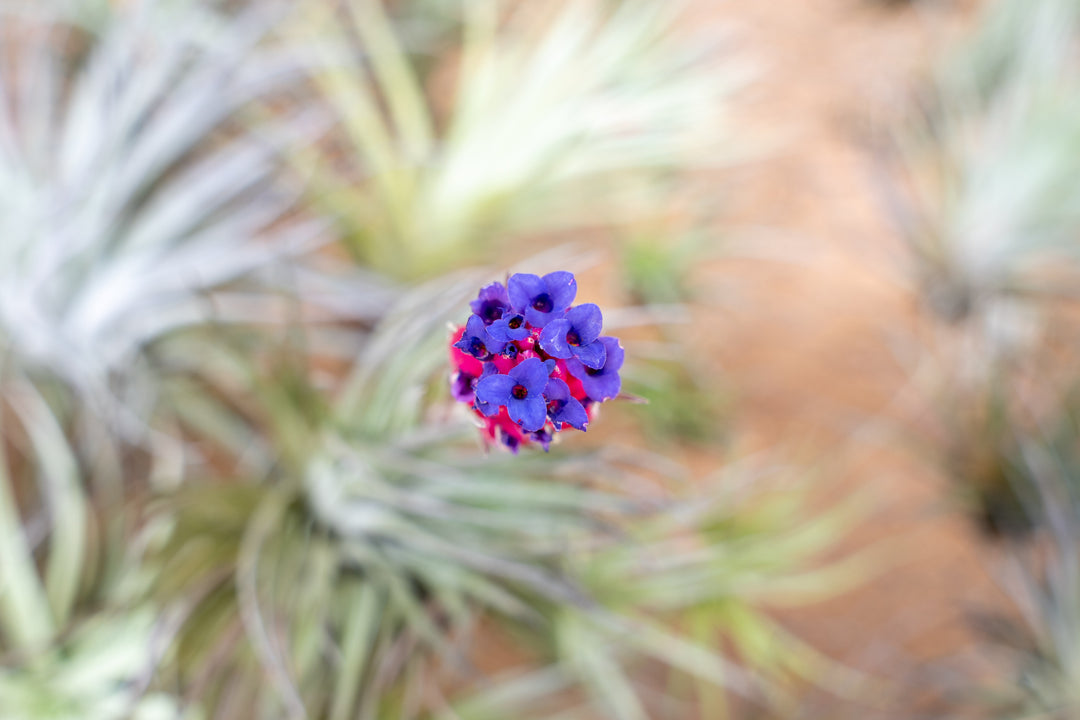
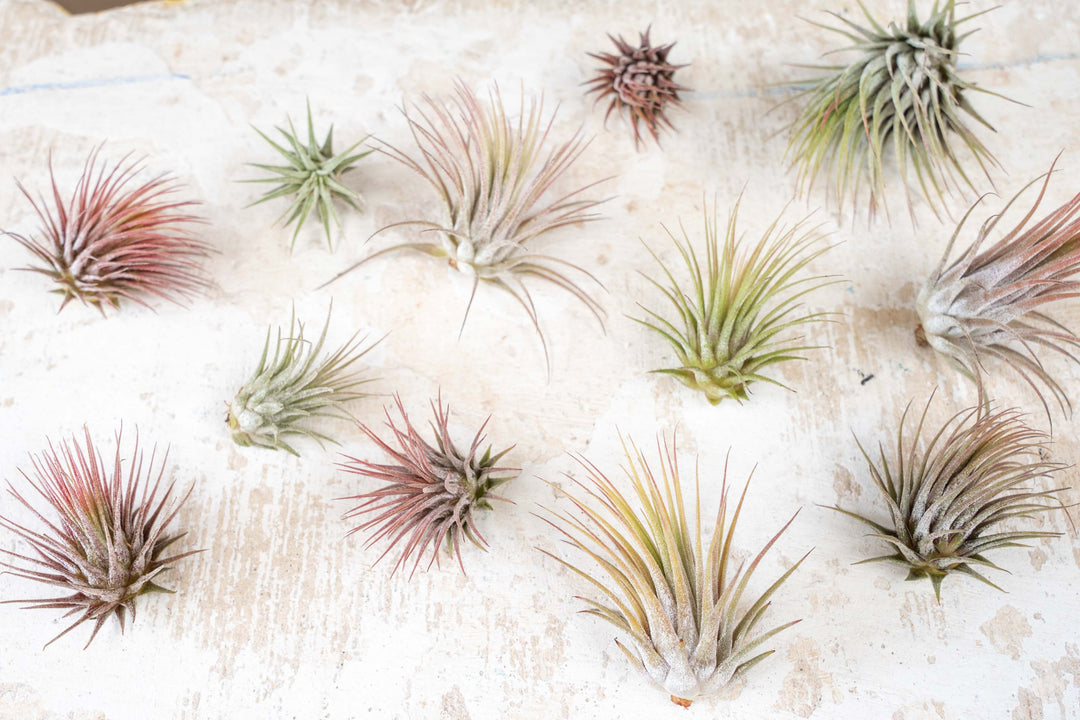
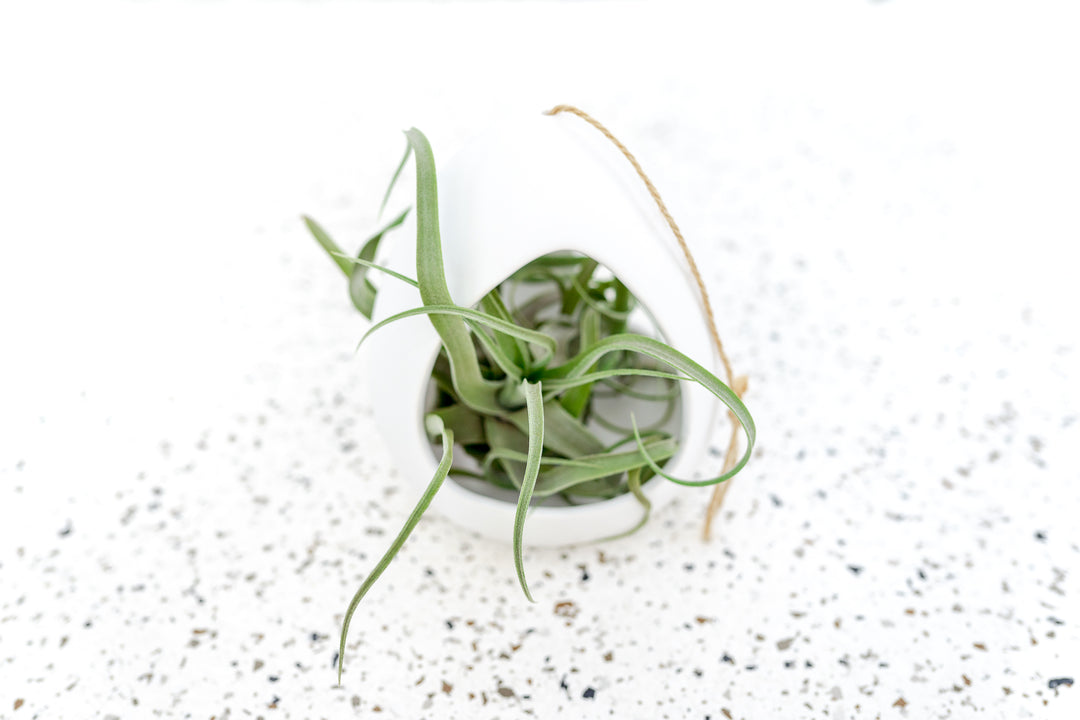
Leave a comment